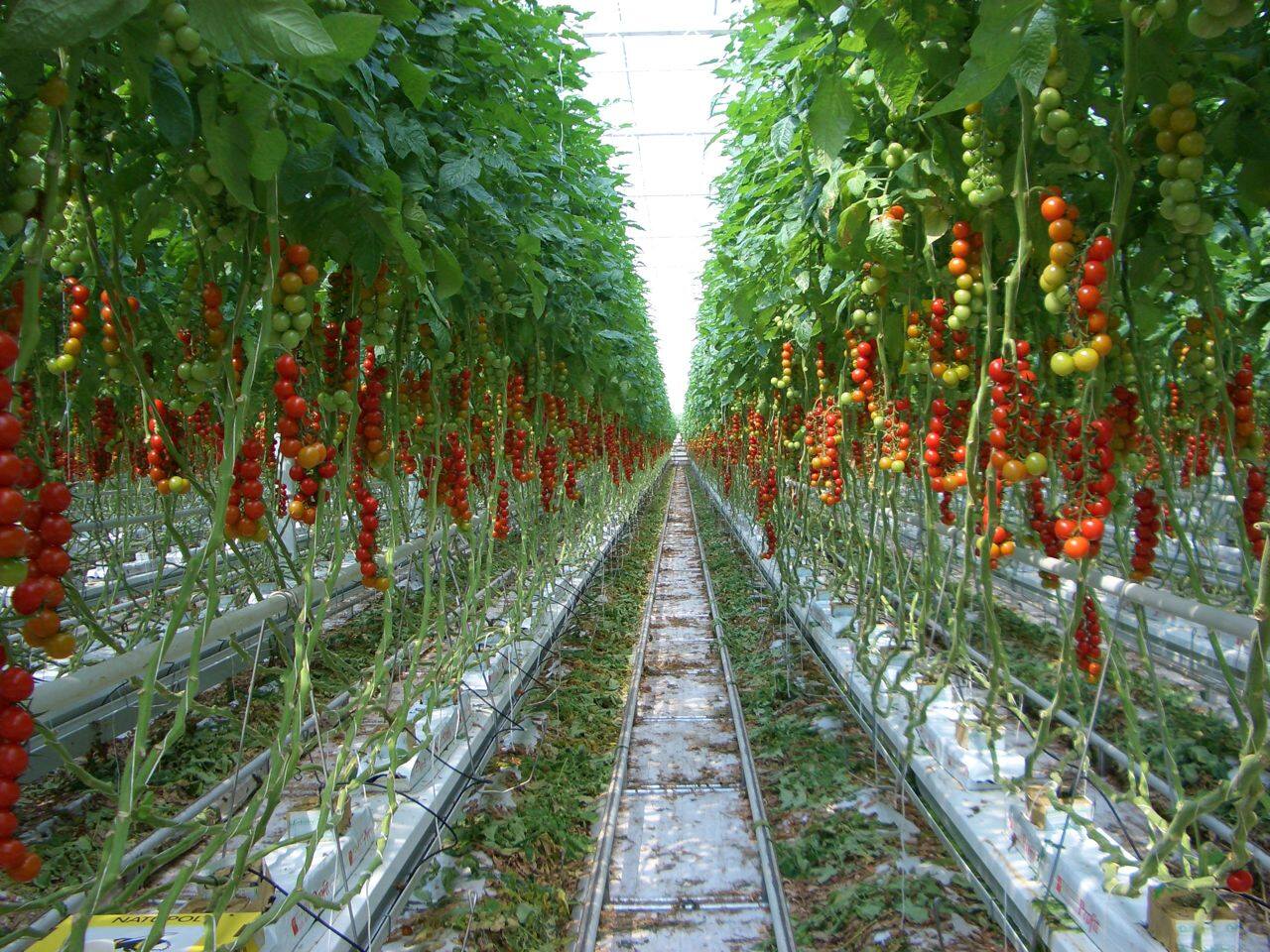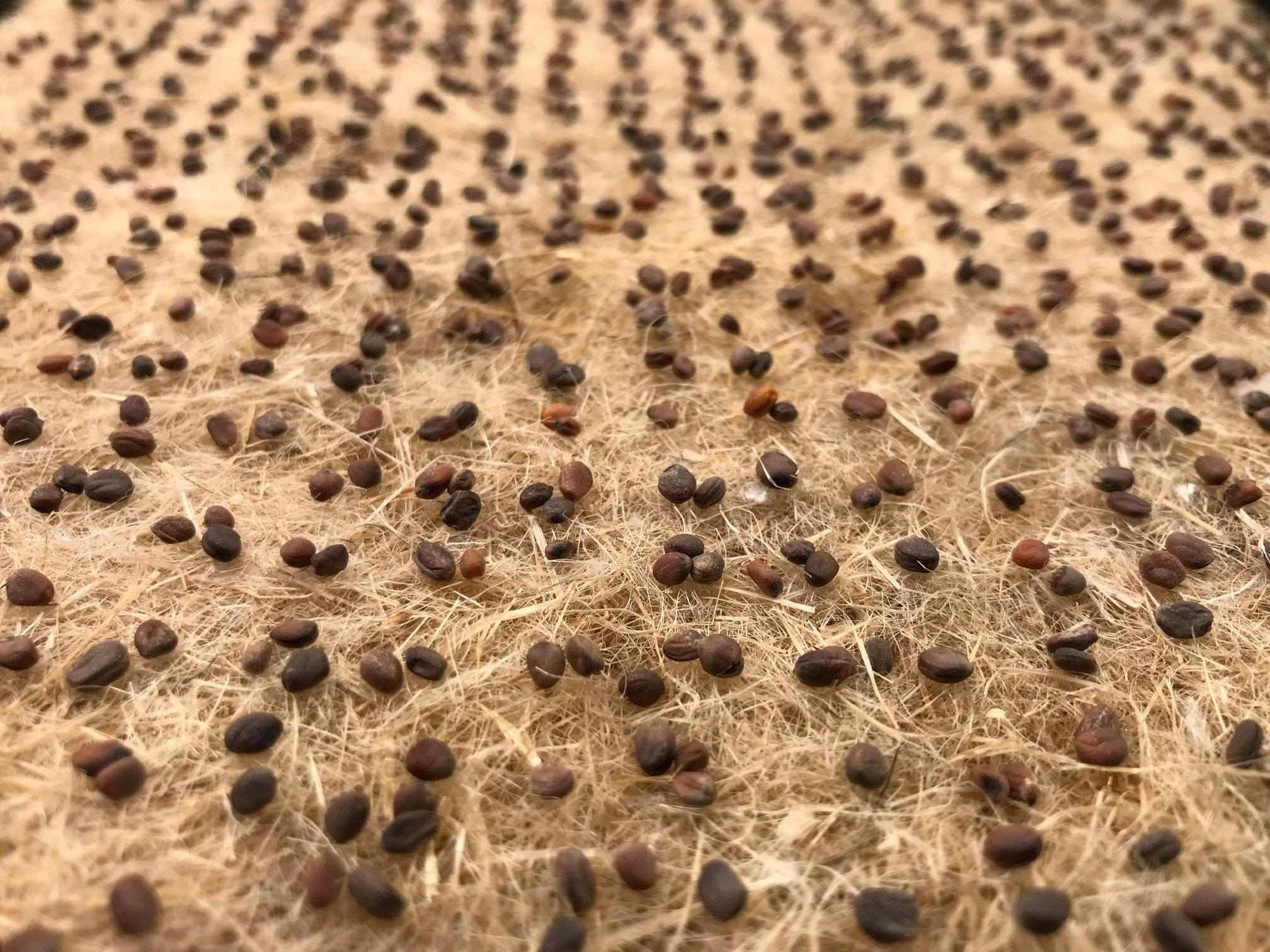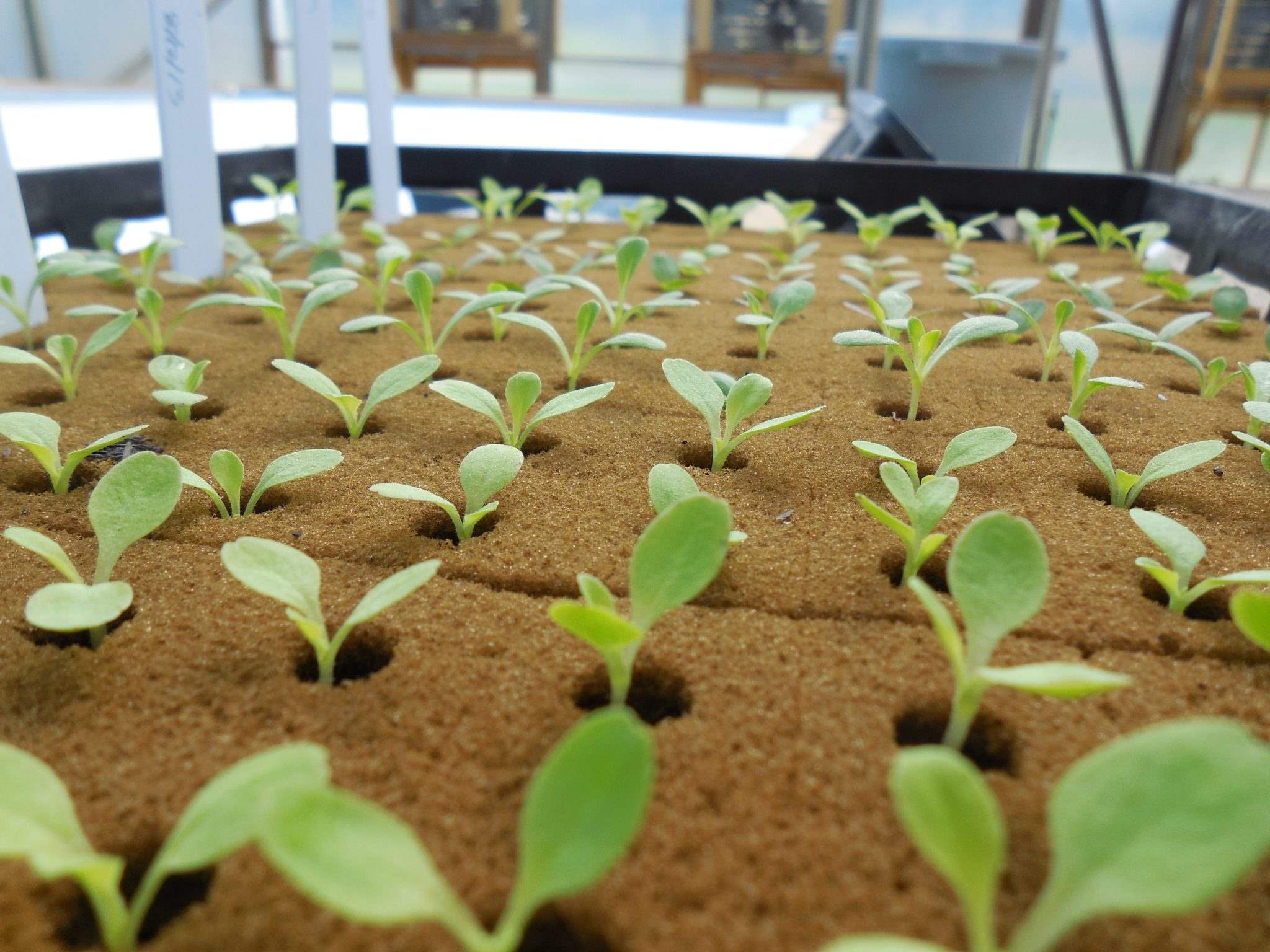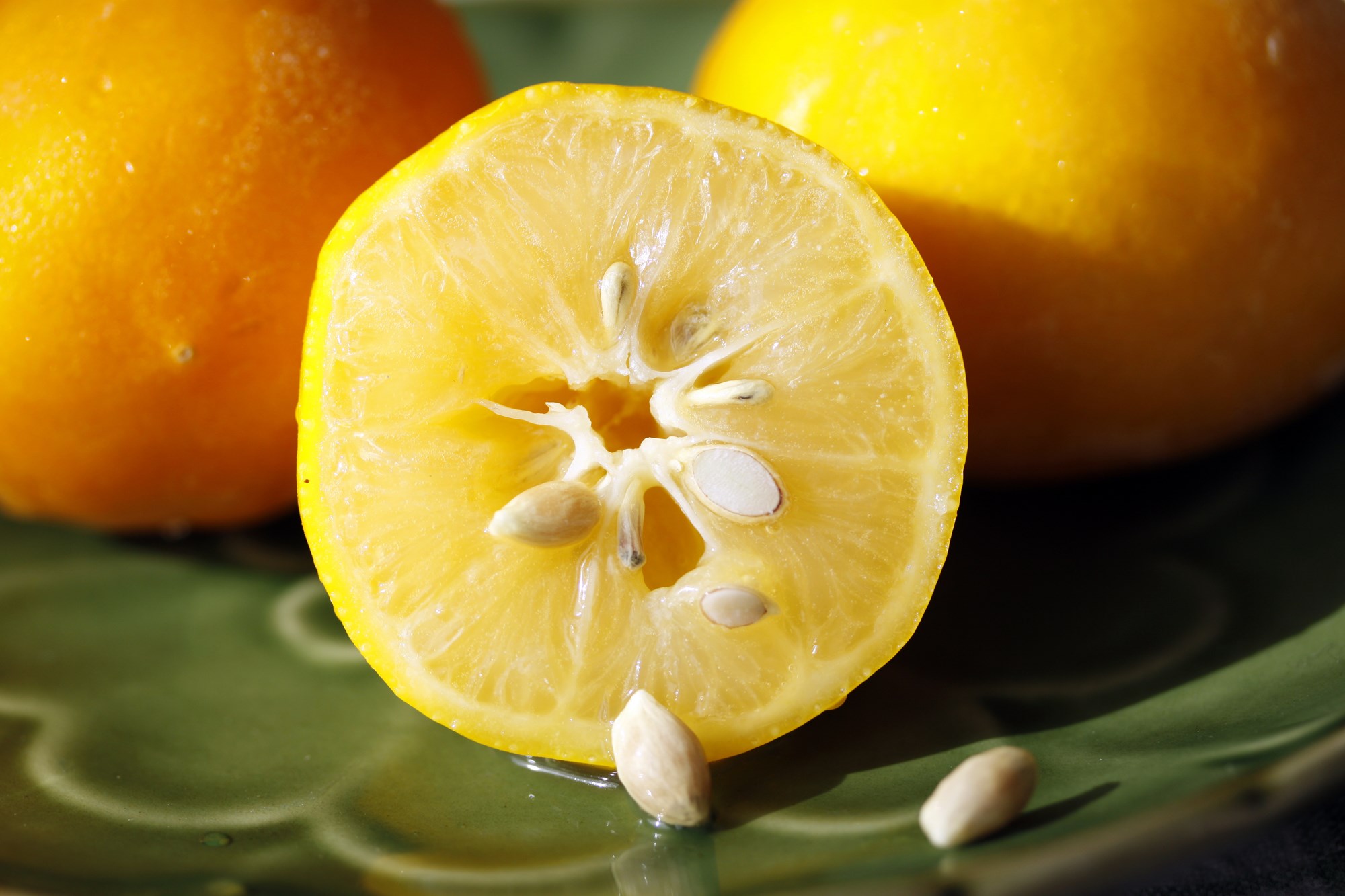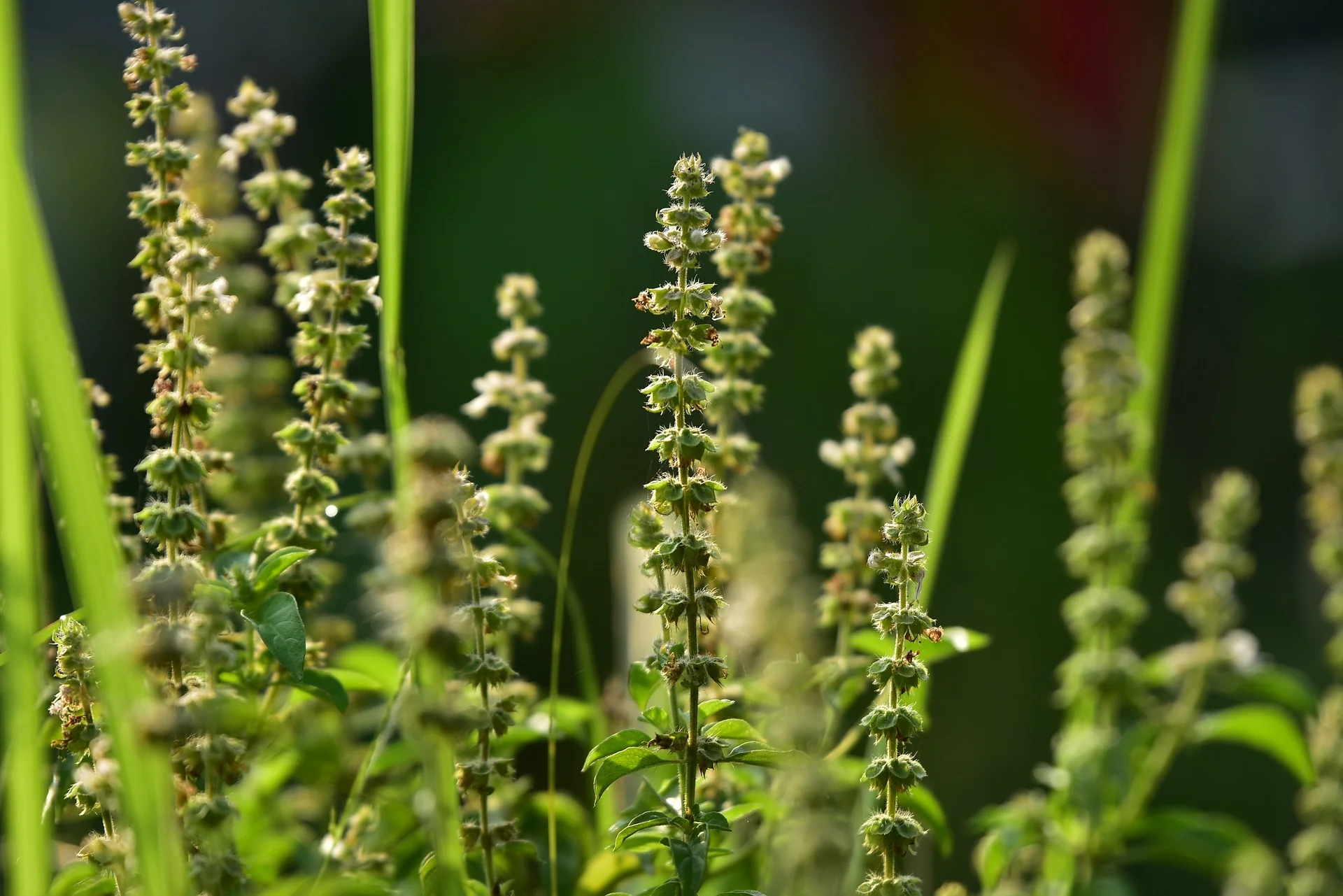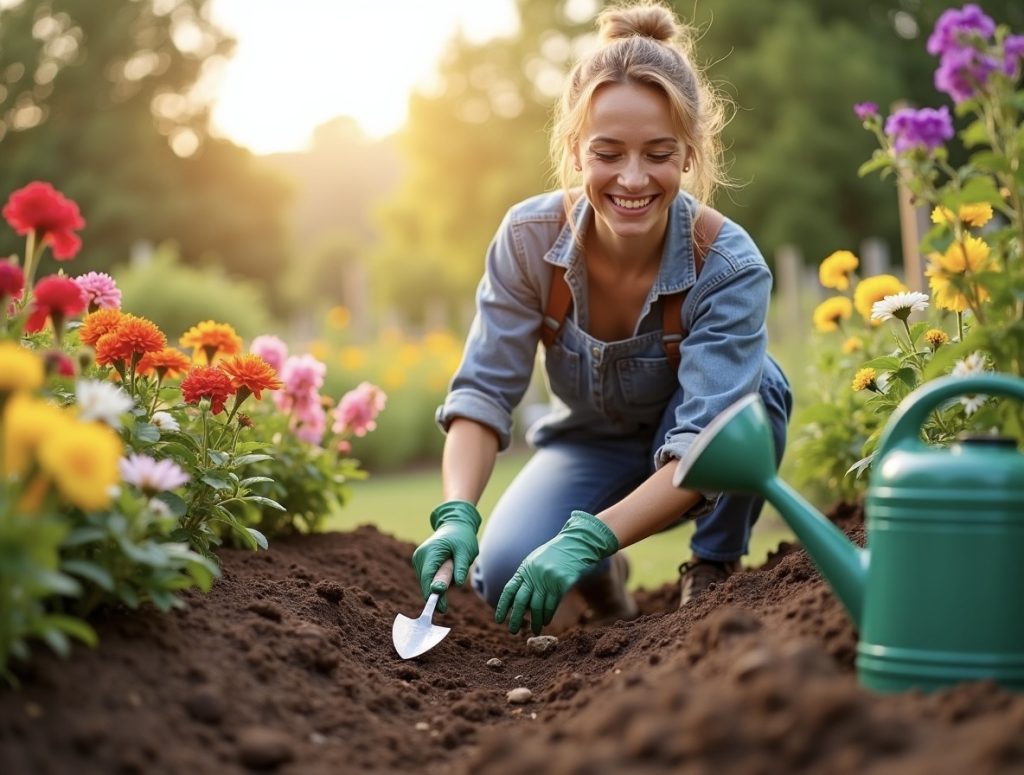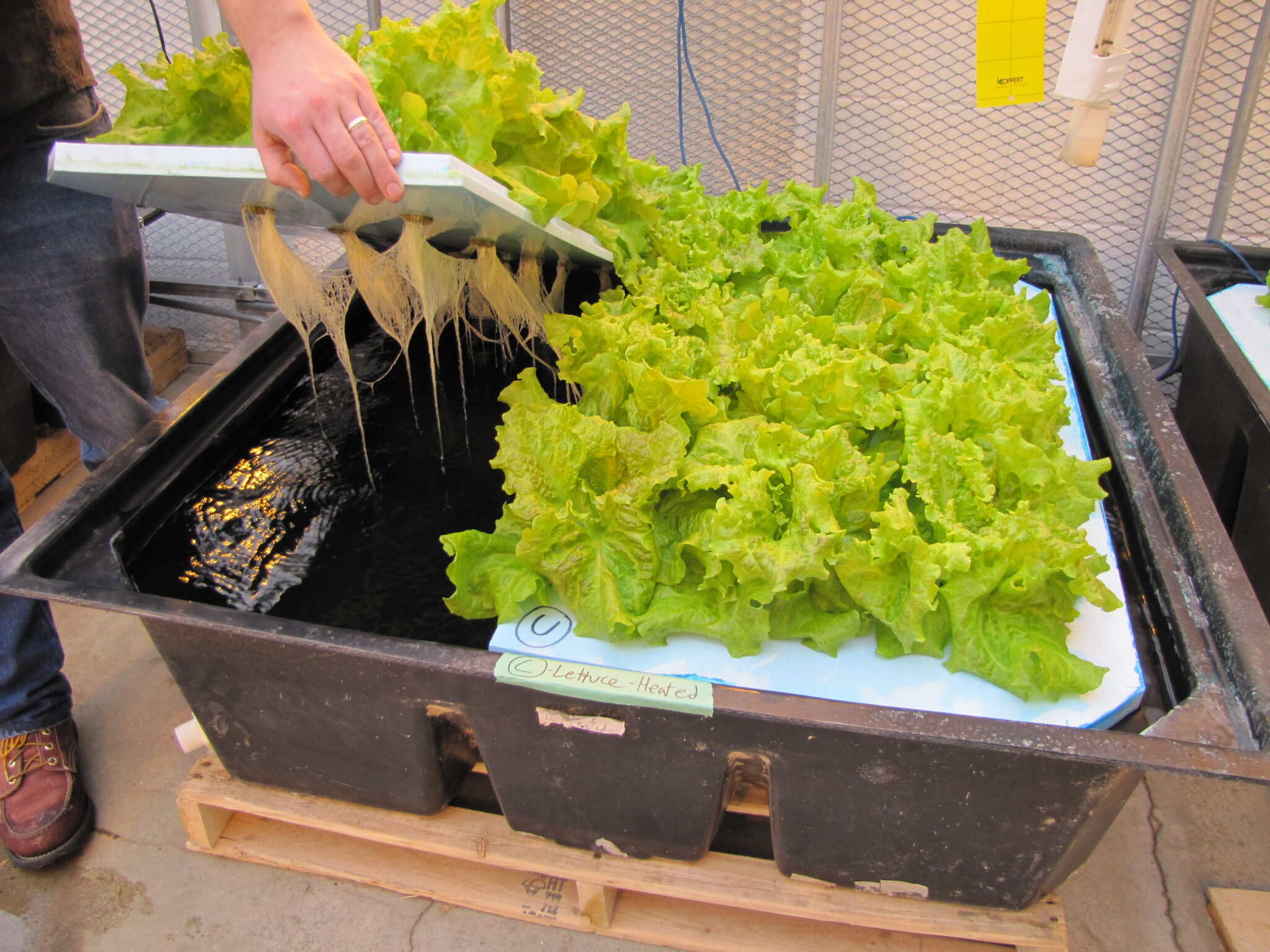Home>Gardening Techniques>Plant Care>How To Use Growing Media In Hydroponics, Aeroponics, And Aquaponics: Sponges, Cubes, And Seed Starting


Plant Care
How To Use Growing Media In Hydroponics, Aeroponics, And Aquaponics: Sponges, Cubes, And Seed Starting
Modified: January 22, 2024
Learn how to use various growing media in hydroponics, aeroponics, and aquaponics, including sponges, cubes, and seed starting. Discover essential plant care tips for successful cultivation.
(Many of the links in this article redirect to a specific reviewed product. Your purchase of these products through affiliate links helps to generate commission for Chicagolandgardening.com, at no extra cost. Learn more)
Table of Contents
Introduction
When it comes to cultivating plants in hydroponic, aeroponic, and aquaponic systems, selecting the right growing media is crucial for fostering healthy and robust growth. Understanding the diverse types of growing media available and their respective benefits is essential for optimizing the conditions in which plants thrive. Whether you are a seasoned horticulturist or a novice enthusiast, this comprehensive guide will illuminate the distinctive characteristics of various growing media, including sponges, cubes, and seed starting materials.
By delving into the unique properties of each growing medium, you will gain valuable insights into how they facilitate the germination, root development, and overall vitality of plants in soilless environments. As we embark on this enlightening journey, you will discover the nuanced roles that growing media play in sustaining the delicate balance between air, water, and nutrients essential for plant growth. Let's explore the fascinating world of growing media and unlock the secrets to cultivating thriving plants in hydroponic, aeroponic, and aquaponic systems.
Understanding Growing Media
Growing media, also known as substrate or medium, serves as the anchor for plant roots in hydroponic, aeroponic, and aquaponic systems. Unlike traditional soil, growing media are designed to provide structural support while allowing for optimal air and water retention. This vital balance is essential for fostering healthy root development and ensuring efficient nutrient uptake.
Understanding the physical and chemical properties of growing media is paramount to creating an environment that mimics the conditions necessary for plant growth. Porosity, water retention capacity, aeration, and pH levels are key factors to consider when selecting the most suitable growing media for specific plant varieties and growth stages.
Moreover, the ideal growing medium should be inert, free from pathogens, and capable of maintaining its structural integrity over time. By grasping the fundamental characteristics of growing media, horticulturists can tailor their choices to meet the unique requirements of different plant species, thereby maximizing their growth potential in soilless cultivation systems.
Types of Growing Media
There is a diverse array of growing media available, each offering distinct advantages suited to various cultivation methods. From sponges to cubes and seed starting materials, the following overview will shed light on the unique characteristics and applications of each type of growing medium.
1. Sponges: Sponges, such as rockwool and foam, are popular choices for hydroponic and aeroponic systems. These porous materials provide an ideal environment for seed germination and early root development. With excellent water retention and aeration properties, sponges facilitate the establishment of healthy root systems while offering stability for delicate seedlings.
2. Cubes: Cubic growing media, including coco coir, perlite, and vermiculite, are renowned for their versatility and ability to support mature plants in hydroponic and aquaponic setups. These lightweight and porous substrates promote robust root growth and ensure efficient nutrient uptake. Additionally, cubes offer excellent drainage and aeration, making them suitable for a wide range of plant species and growth stages.
3. Seed Starting: Seed starting materials, such as peat pellets and seedling trays, provide a nurturing environment for germinating seeds and nurturing young plants. These specialized media offer the ideal balance of moisture and oxygen, fostering the development of strong, healthy seedlings ready for transplantation into larger growing systems.
Each type of growing medium possesses unique characteristics that cater to specific stages of plant growth and the requirements of different cultivation systems. By understanding the attributes of these diverse media, horticulturists can make informed decisions to optimize the growth and vitality of their plants in soilless environments.
Sponges
Sponges, such as rockwool and foam, are widely utilized as growing media in hydroponic and aeroponic systems due to their exceptional water retention and aeration properties. Rockwool, a fibrous material derived from basalt rock and chalk, is a popular choice for starting seeds and cultivating young plants. Its high porosity and capacity to retain moisture make it an ideal substrate for promoting seed germination and early root development.
Furthermore, rockwool sponges provide stability and support for delicate seedlings, ensuring they establish strong root systems essential for subsequent growth stages. The fibrous structure of rockwool also enables optimal air circulation around the roots, fostering a healthy and oxygenated root zone. This feature is particularly advantageous in aeroponic systems, where the roots are suspended in a mist or air environment, as it promotes efficient nutrient absorption and minimizes the risk of waterlogging.
Similarly, foam sponges offer excellent water retention and aeration, making them suitable for supporting plant growth in hydroponic setups. The lightweight and porous nature of foam sponges facilitates the establishment of healthy root systems, enabling plants to thrive in soilless environments. Additionally, foam sponges provide insulation and protection for the roots, safeguarding them from temperature fluctuations and physical damage.
When utilizing sponges as growing media, it is essential to ensure proper pH levels and nutrient solutions tailored to the specific requirements of the plants being cultivated. By maintaining an optimal growing environment, horticulturists can harness the benefits of sponges to promote vigorous growth and maximize the potential of their crops in hydroponic and aeroponic systems.
Cubes
Cubic growing media, such as coco coir, perlite, and vermiculite, play a pivotal role in supporting the growth of mature plants in hydroponic and aquaponic systems. These versatile substrates offer a range of benefits that contribute to robust root development, efficient nutrient uptake, and overall plant vitality.
Coco coir: Derived from the fibrous husks of coconuts, coco coir is renowned for its excellent water retention and aeration properties. This natural and renewable growing medium provides a stable foundation for plant roots while ensuring optimal moisture levels. Coco coir is also resistant to compaction, allowing for ample oxygenation of the root zone. Its neutral pH and capacity to retain and release nutrients make it an ideal choice for cultivating a diverse array of plant species.
Perlite: Perlite, a volcanic glass that undergoes rapid heating, expands into lightweight, porous particles that promote aeration and drainage in growing media. Its high porosity facilitates the retention of air and water, creating an environment conducive to healthy root growth. Perlite also aids in preventing soil compaction, allowing roots to access oxygen and nutrients more effectively. Its sterile and pH-neutral nature makes it a valuable component in hydroponic and aquaponic systems.
Vermiculite: Vermiculite, a hydrated laminar mineral, exhibits exceptional water retention and nutrient-holding capabilities. Its spongy texture enhances soil aeration and promotes root development. Vermiculite also aids in buffering pH levels and preventing nutrient leaching, contributing to a stable and hospitable root environment for plants in soilless cultivation systems.
Utilizing cubic growing media in hydroponic and aquaponic setups provides horticulturists with the flexibility to cater to the specific needs of different plant varieties and growth stages. By leveraging the unique properties of these substrates, growers can create an optimal foundation for plant growth, ultimately fostering thriving and resilient crops in soilless environments.
Seed Starting
Seed starting materials, such as peat pellets and seedling trays, are essential components in the initial stages of plant cultivation, providing a nurturing environment for germinating seeds and nurturing young plants. These specialized growing media offer the ideal balance of moisture, aeration, and support, facilitating the successful germination and development of healthy seedlings ready for transplantation into larger growing systems.
Peat Pellets: Compressed discs of peat moss, peat pellets expand upon hydration, providing a sterile and structured medium for seed germination. Their ability to retain moisture and support delicate roots makes them an ideal choice for starting seeds. Peat pellets also offer a convenient and space-efficient solution for germinating a large number of seeds, making them a popular option for both novice and experienced growers.
Seedling Trays: Seedling trays, typically filled with a lightweight growing medium such as coconut coir or peat-based mix, provide a versatile and scalable platform for nurturing young plants. These trays offer ample space for root development and are designed to promote healthy seedling growth. The trays’ efficient drainage and aeration properties contribute to the establishment of robust root systems, preparing the seedlings for seamless transplantation into larger hydroponic, aeroponic, or aquaponic systems.
By utilizing seed starting materials, horticulturists can initiate the growth cycle of plants with precision and care, ensuring that young seedlings receive the essential support and resources needed to thrive. The use of these specialized media sets the stage for successful plant development, laying a strong foundation for the cultivation of vibrant and productive crops in soilless environments.
Conclusion
As we conclude our exploration of growing media in hydroponics, aeroponics, and aquaponics, it becomes evident that the selection of the right substrate is paramount to the success of soilless plant cultivation. From sponges and cubes to seed starting materials, each type of growing medium offers unique advantages tailored to specific stages of plant growth and the requirements of different cultivation systems.
By understanding the diverse properties and applications of growing media, horticulturists can optimize the conditions in which plants thrive, fostering healthy root development, efficient nutrient uptake, and overall vitality. The meticulous selection of growing media based on their water retention, aeration, and pH properties enables growers to create an environment that mirrors the optimal conditions for plant growth, ultimately maximizing the potential of their crops.
Moreover, the use of specialized seed starting materials provides a nurturing foundation for germinating seeds and nurturing young plants, setting the stage for successful plant development. Whether it is the stability and support offered by sponges, the versatility of cubes, or the precision of seed starting materials, each type of growing medium plays a crucial role in sustaining the delicate balance between air, water, and nutrients essential for plant growth in soilless environments.
As horticulturists continue to innovate and refine soilless cultivation techniques, the significance of growing media in facilitating healthy and thriving plants cannot be overstated. By harnessing the unique properties of various substrates, growers can cultivate vibrant and resilient crops, ushering in a new era of sustainable and bountiful harvests in hydroponic, aeroponic, and aquaponic systems.

